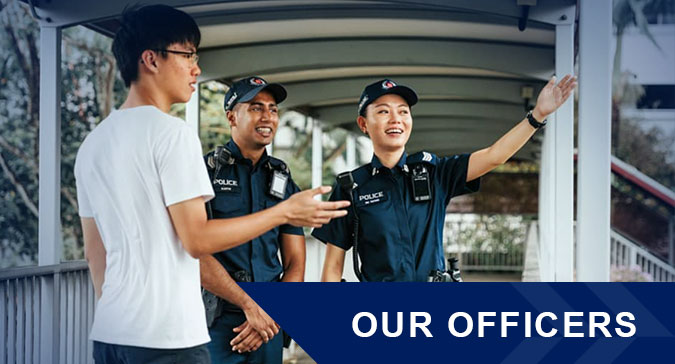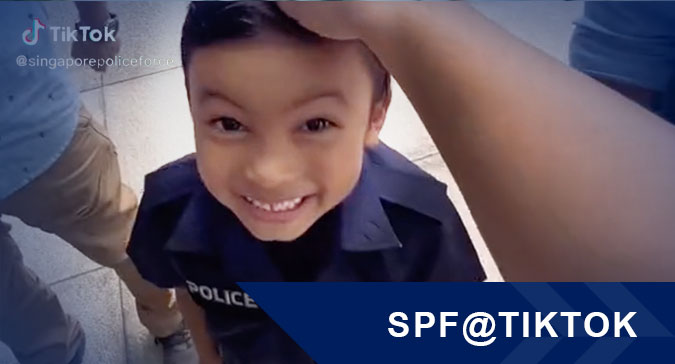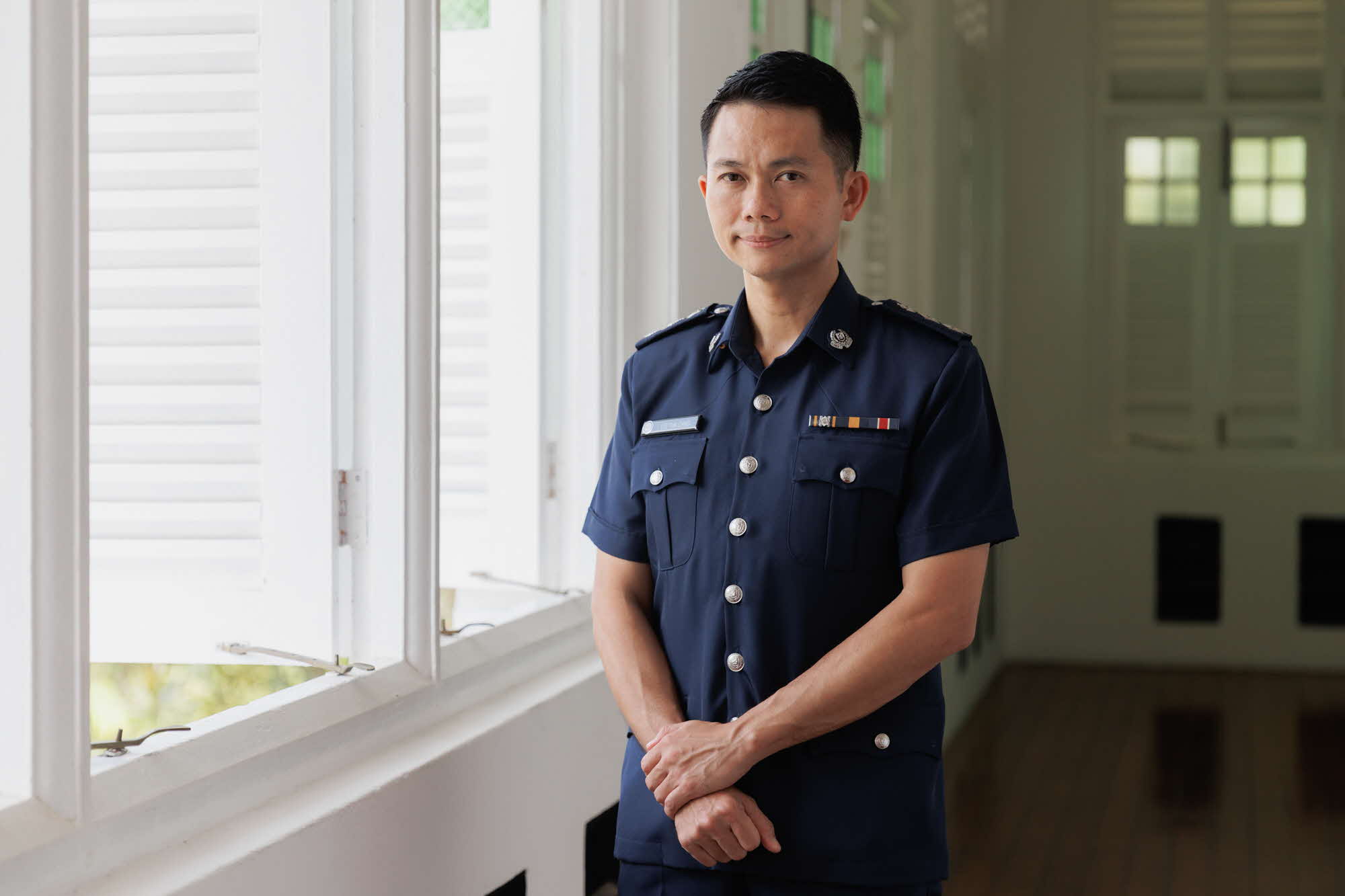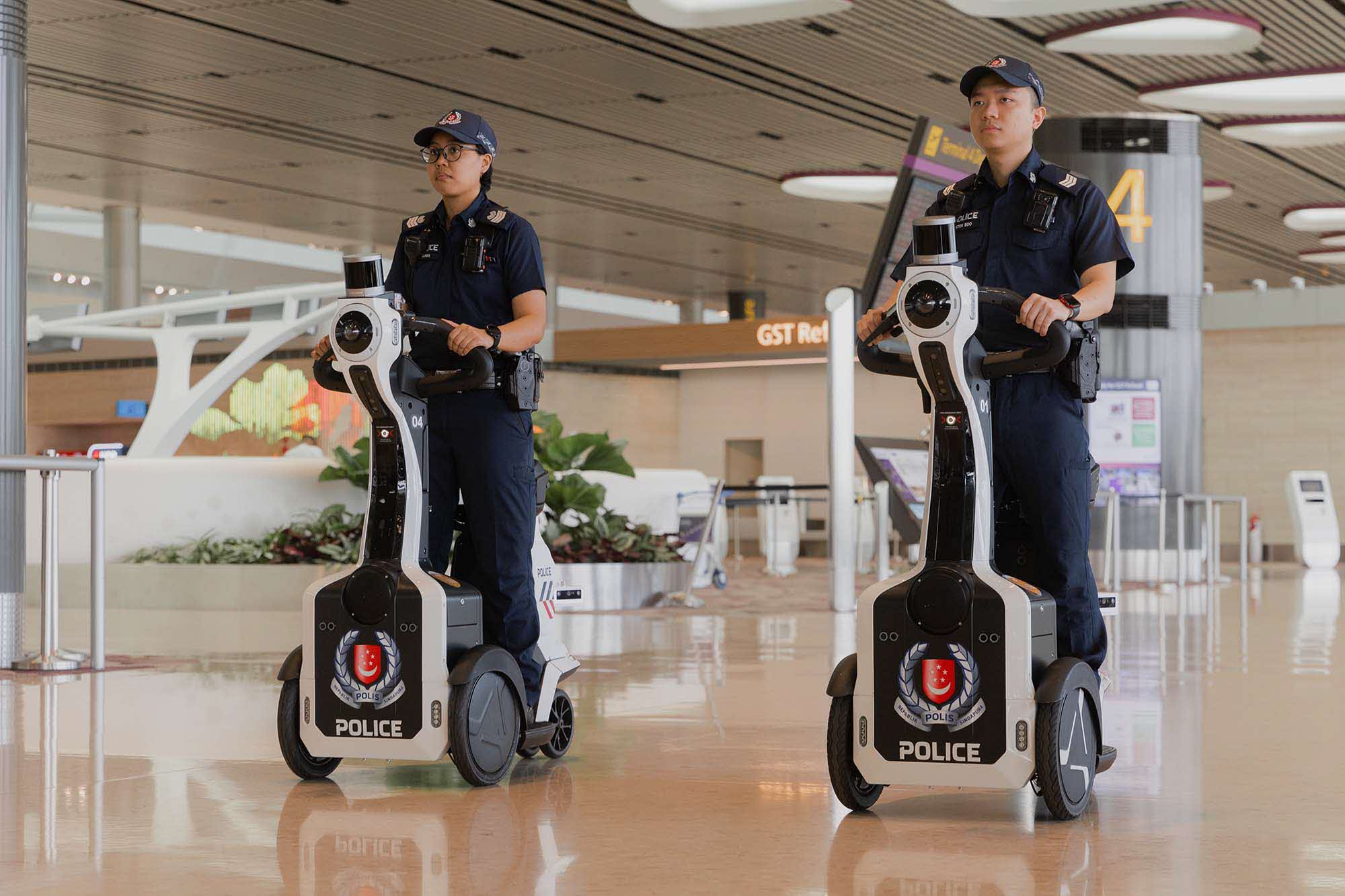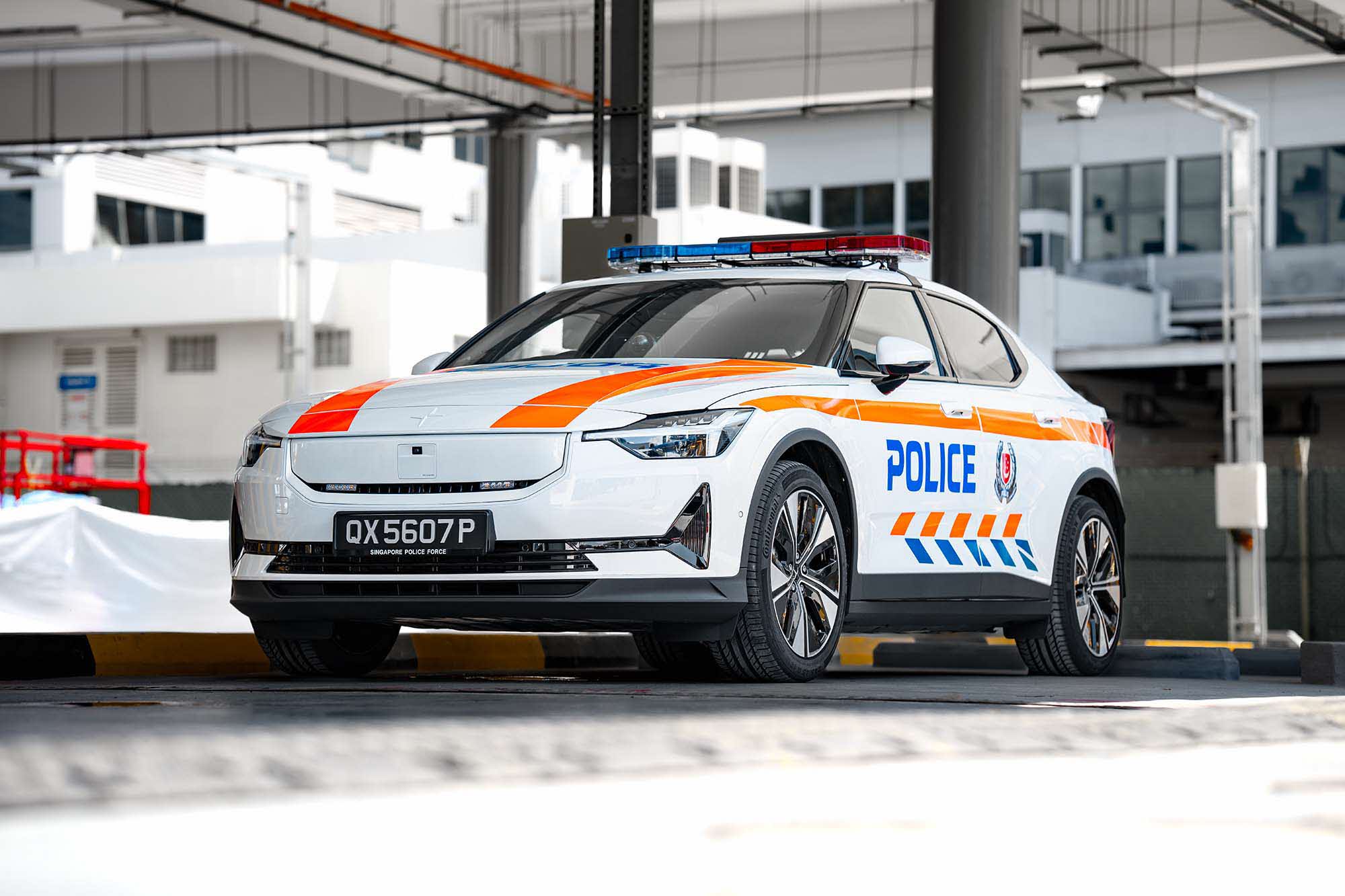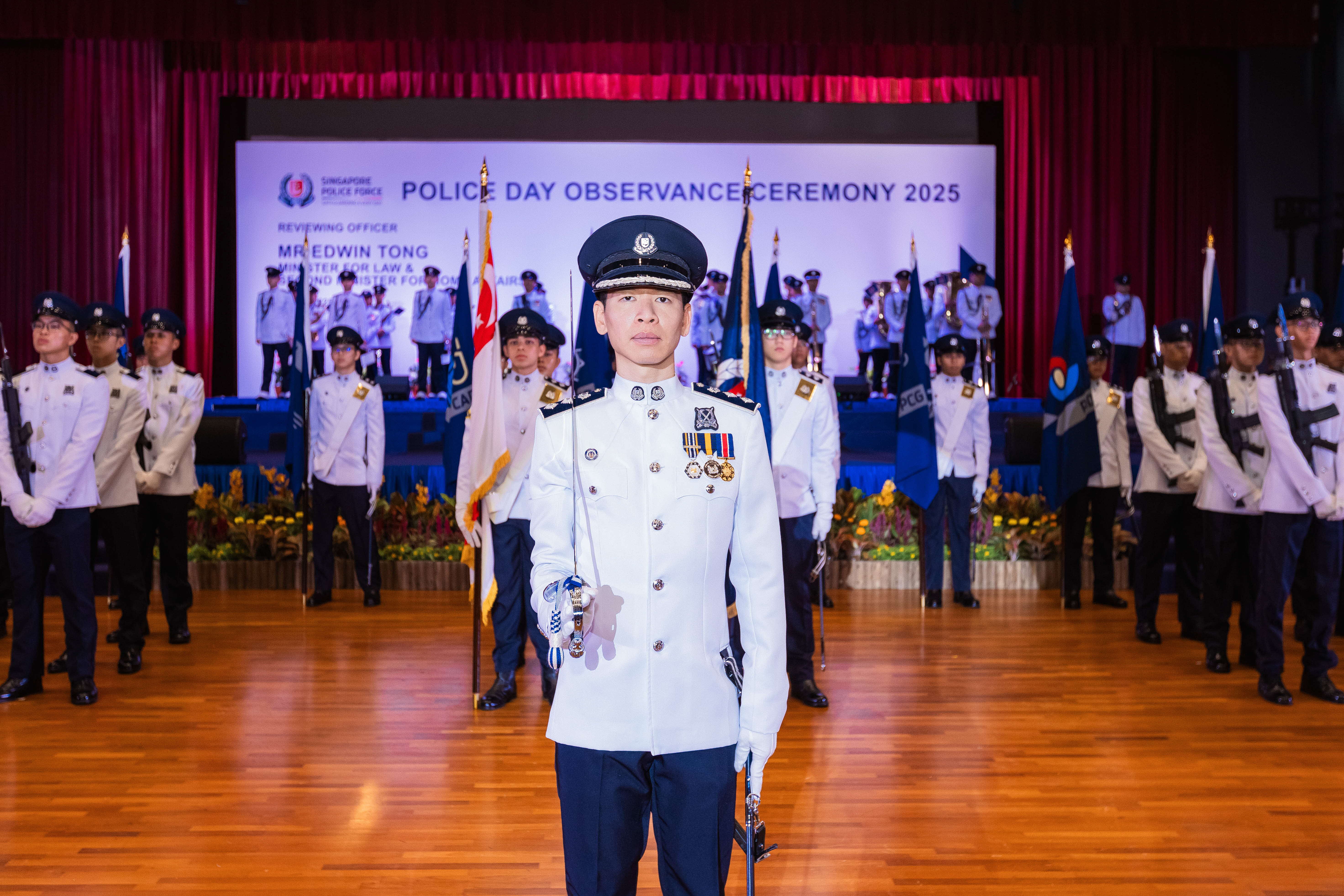Applying a birds-eye view to Post-blast Investigations.
By: Shavina Sri
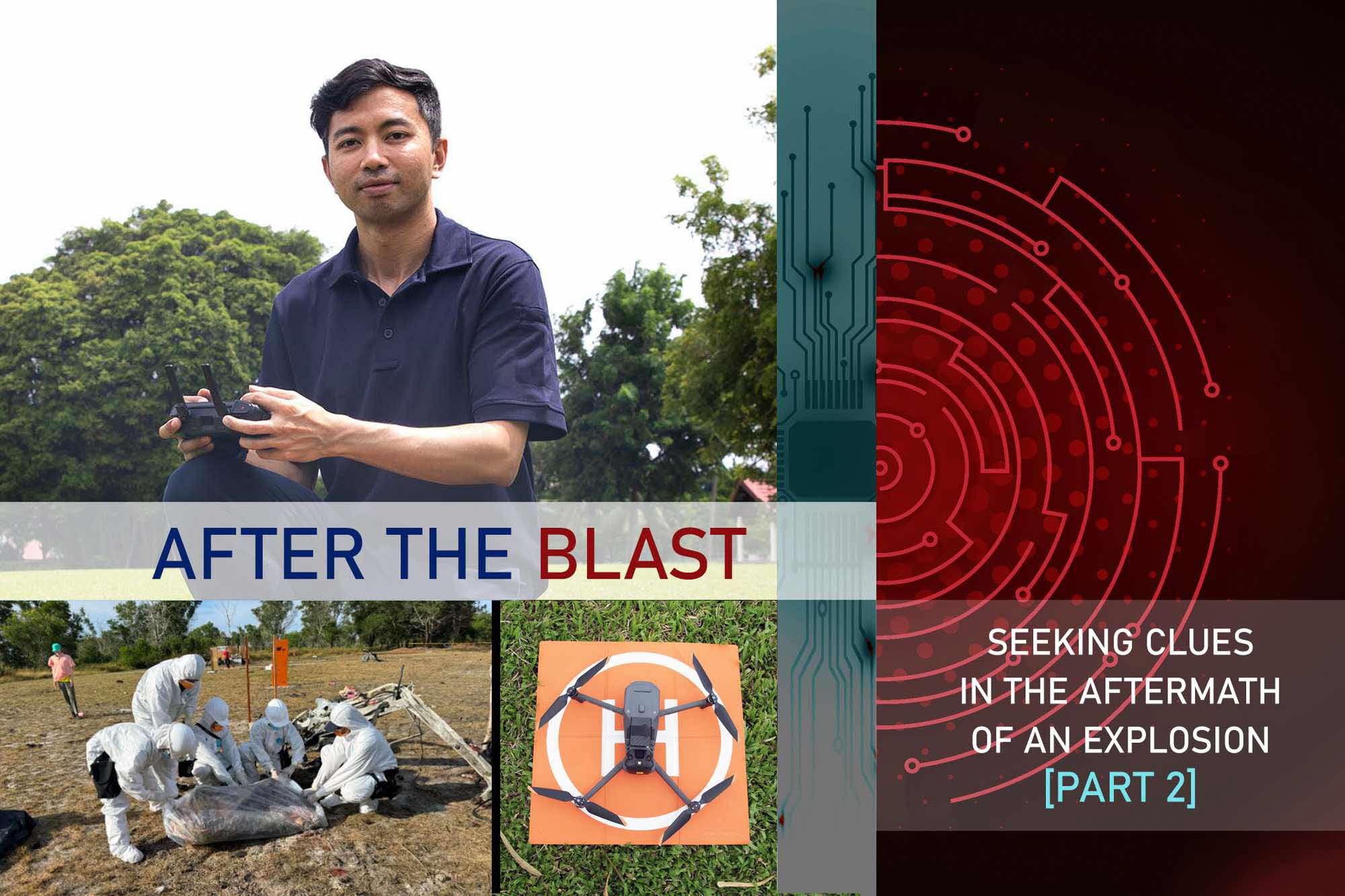
In the sky above a post-blast scene, a hovering sentinel captures details of the debris and fragments…
Such a survey would previously have required a crime scene photographer to physically enter the post-blast scene, putting him at risk from a potential secondary blast.
Since 2022, the Criminal Investigation Department (CID) has acquired the capability to deploy Unmanned Aerial Vehicles (UAVs) for crime scene forensics, enhancing incident scene surveys and documentation. By using UAVs, officers can also quickly and safely access challenging terrain to extract key information.
In Part 2 of our “After the Blast” series, Mr Stanley Retnam, a Senior Crime Scene Specialist (Forensic Manager) with the CID’s Forensics Division, shares more about his work with UAVs in Post-blast Investigations (PBI).
How did you become involved in forensic imaging work for PBI?
I joined the Singapore Police Force (SPF) as a Crime Scene Specialist in 2012. As a Crime Scene Specialist, I’m responsible for processing crime scenes, working on cases that range from simple (like theft) to complex (like murder, which may include extensive blood spatters).
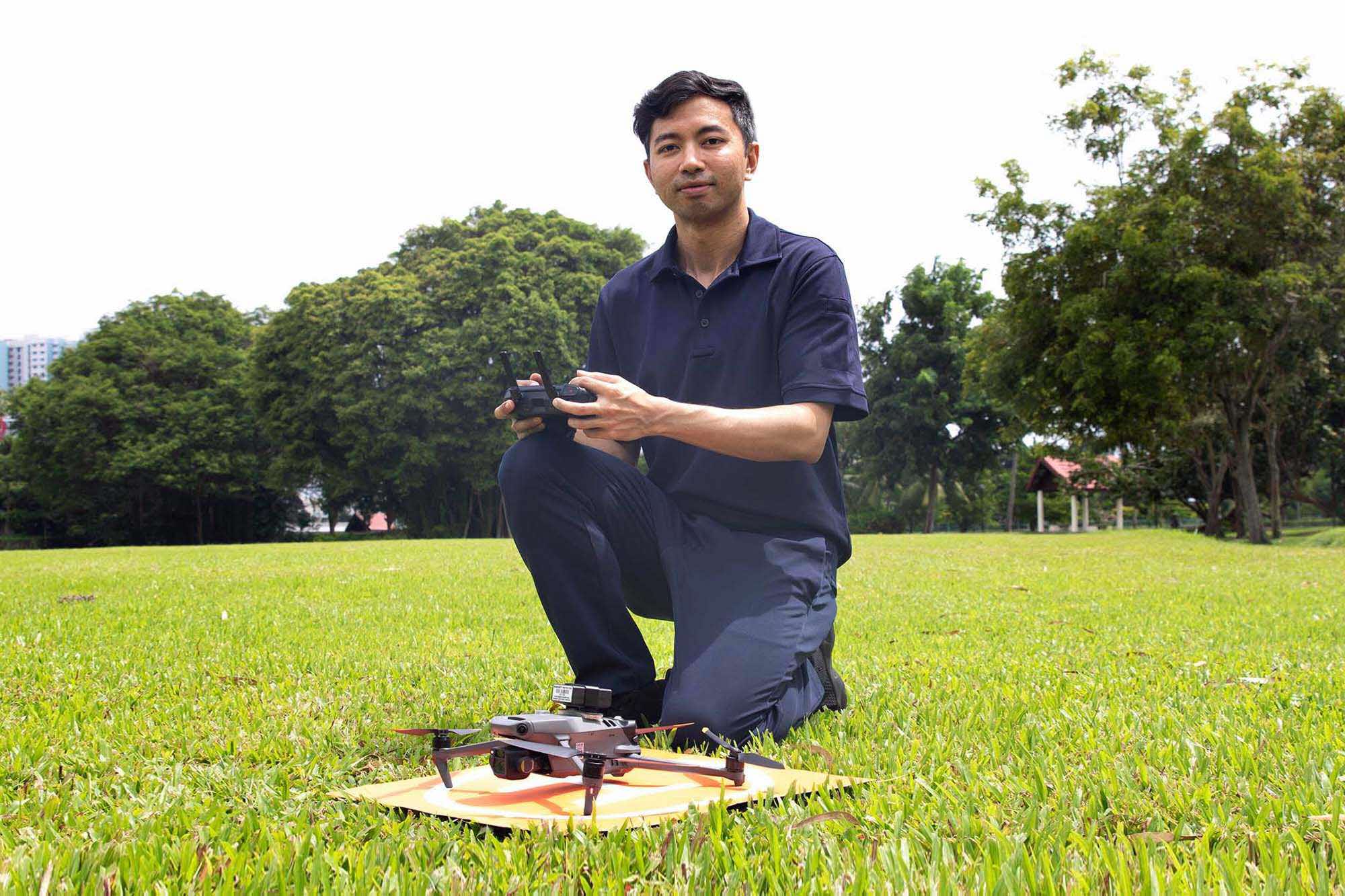
As I progressed in my career, I took an interest in forensic imaging-related work and underwent training to obtain a UAV pilot licence. Since then, I’ve been involved in several PBI exercises.
One of the biggest shifts in the forensics aspect for these exercises was the deployment of UAVs to document post-blast scenes. This enables investigators and forensics specialists to better appreciate the terrain, extent of damage and source of the explosion without having to be physically near the incident site.
What are the challenges of deploying UAVs for PBI?
Environmental conditions can limit the effectiveness of how we document crime scenes using UAVs. In a post-blast scene, buildings and supporting structures may be damaged, and this requires us to be adept in piloting UAVs safely around them.
Also, forensic imaging doesn’t end when the UAVs return with the images. We must be familiar with a multitude of specialised imaging equipment and technology to piece together different images to form a complete picture of the post-blast site.
Clear communication between investigators and UAV pilots also ensures that the final images highlight key details that can aid investigations.
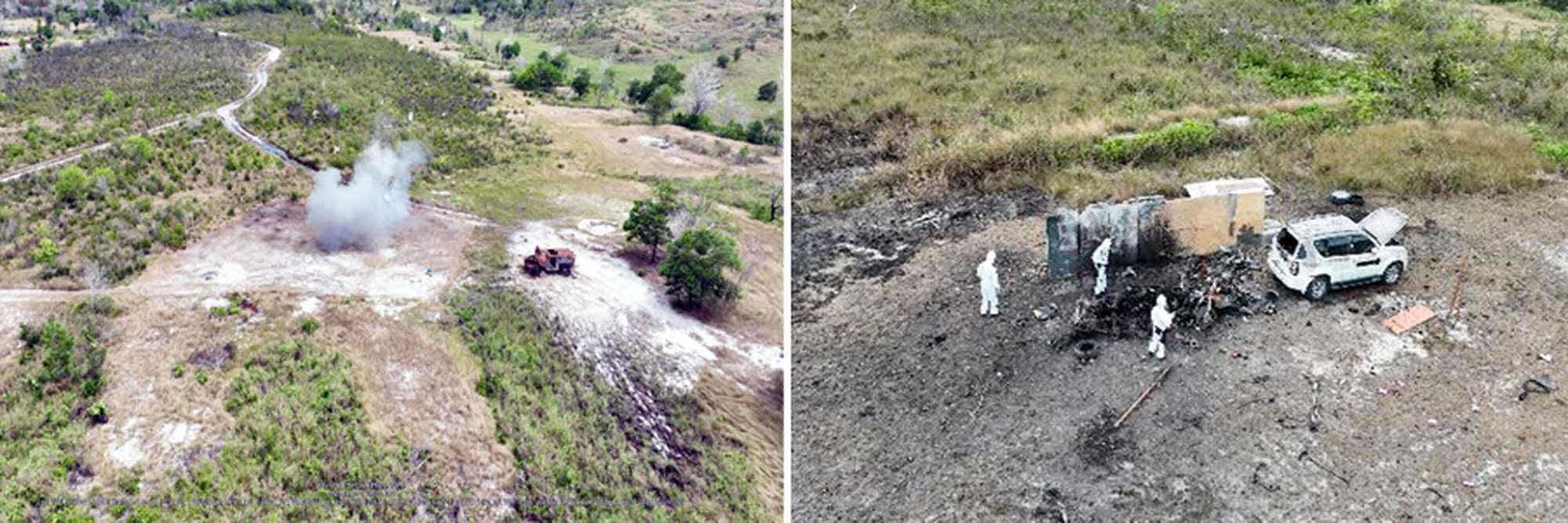
Share with us your role during Exercise Solar Wind VI, the joint post-blast exercise held in November 2024 between the SPF and Royal Brunei Police Force (RBPF).
For Exercise Solar Wind VI, I was part of a UAV team that supported the aerial documentation of incident scenes. During the Exercise, I piloted the UAV, capturing and generating images for review by officers.
The Exercise allowed us to iron out various technical challenges with our counterparts from the RBPF and offer a bird’s-eye view of incident scenes. This also enabled better decision-making in the allocation of resources to “safe” areas within a post-blast scene that could potentially hold clues and help identify perpetrators.
What are your takeaways from the Exercise?
It was an excellent opportunity for us to push our limits and broaden our knowledge and understanding. The lessons we learnt will help us handle complex situations and enhance our ability to collaborate with other agencies. The Exercise also tested our resilience in operating in a challenging environment while developing our communication skills.
How do you maintain resilience when working under pressure?
It’s crucial to be prepared – both mentally and physically – and to understand our mission, objectives and tasks. This enabled me to remain grounded and focused throughout.
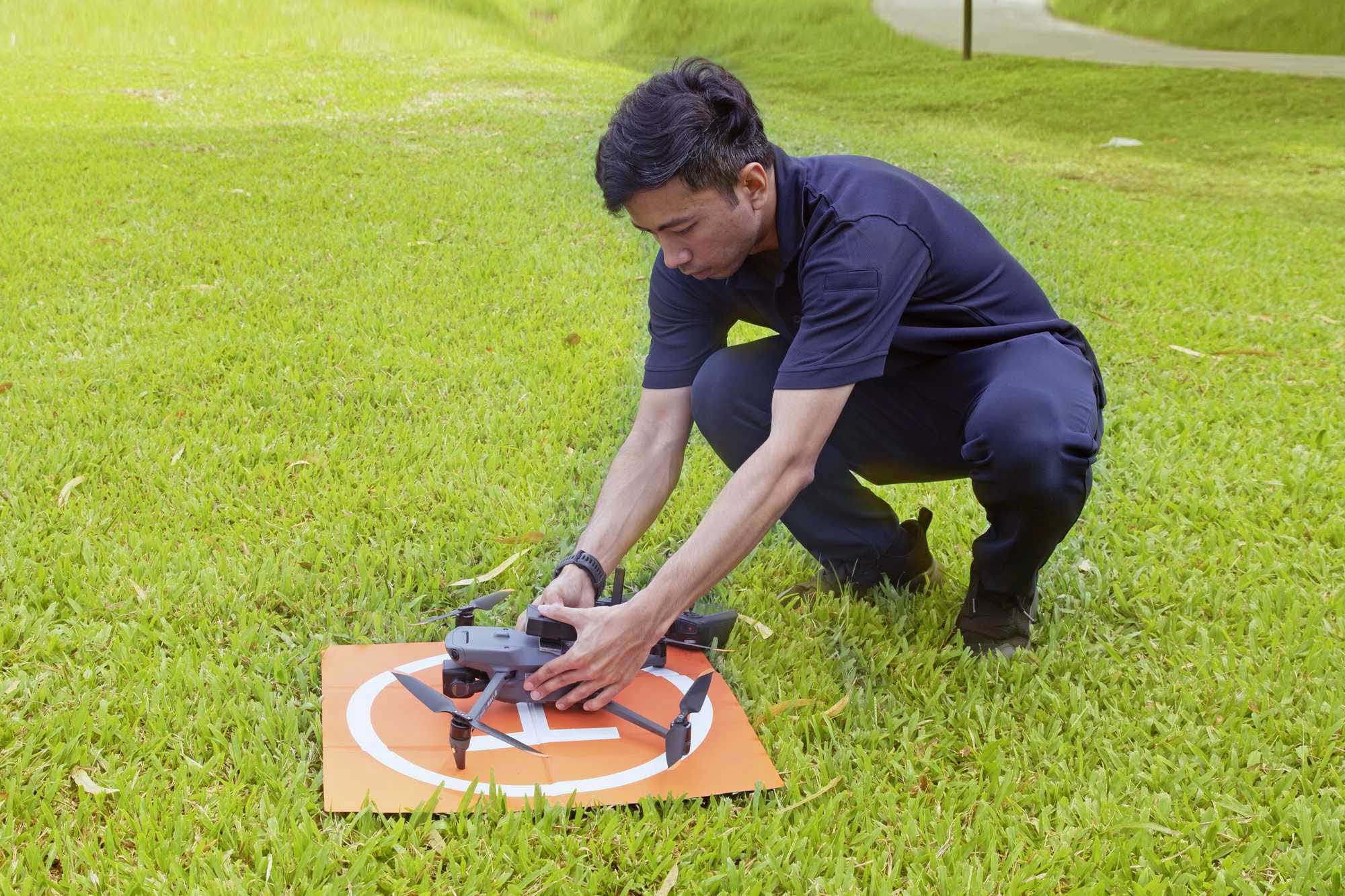
It’s also important to understand that no man is an island! Teamwork and communication ensure operational success. When things get intense, my advice is to not be shy about asking for help. Someone else might have gone through the same situation as you and is ready to lend a listening ear!
Exercise Solar Wind VI
A PBI training exercise codenamed “Exercise Solar Wind VI” was held in Brunei from 4 to 7 November 2024. The exercise was jointly conducted by the SPF and RBPF, with the support of the Home Team Science and Technology Agency and the Health Sciences Authority. The exercise involved close to 130 participants and is part of the SPF’s ongoing efforts to enhance its operational readiness in PBI and strengthen working relationships with local and foreign agencies. Learn more about Exercise Solar Wind VI here.


